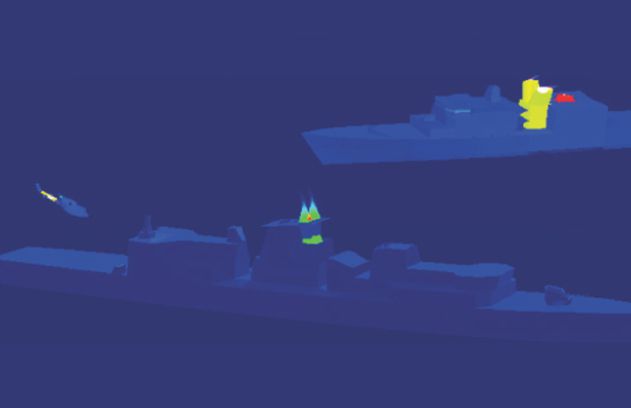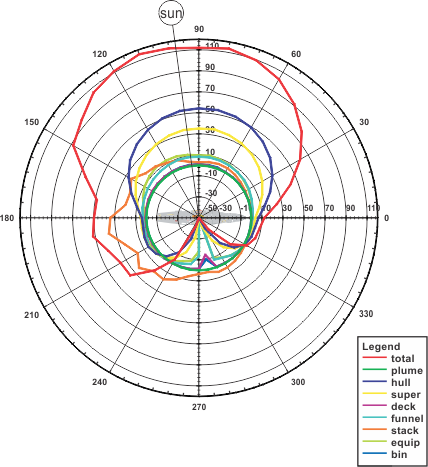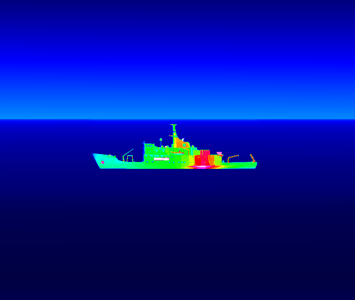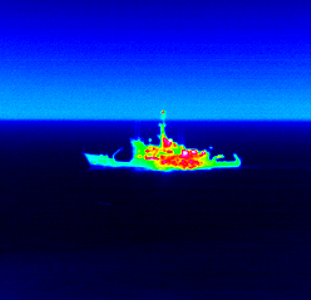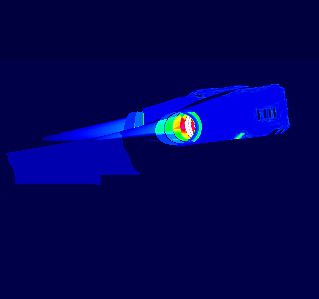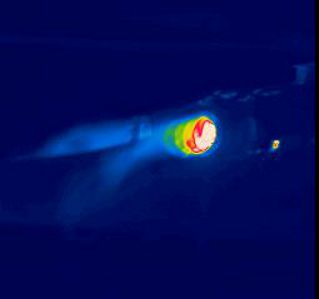ShipIR/NTCS simulations have been extensively validated against IR measurements of ships and aircraft under many environmental conditions. The code is actively being developed. Some areas in which the code has recently been improved or is currently being developed are:
- Full utilization of multiple processing cores
- Integration with CFD codes (e.g. Fluent) for flow and thermal modeling which correctly accounts for radiative heat transfer.
- Improvements in the accuracy of IR detectibility in the presence of a cluttered background.
- Continuous improvement in the surface properties databases which reflect recent developments of low solar absorptive paints.
- Innovative methodology for selection of correct statistical representation of environmental analysis conditions
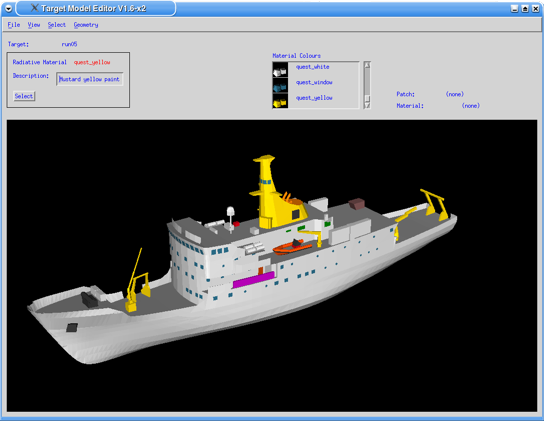 ShipIR/NTCS Target Model Editor
ShipIR/NTCS Target Model Editor
